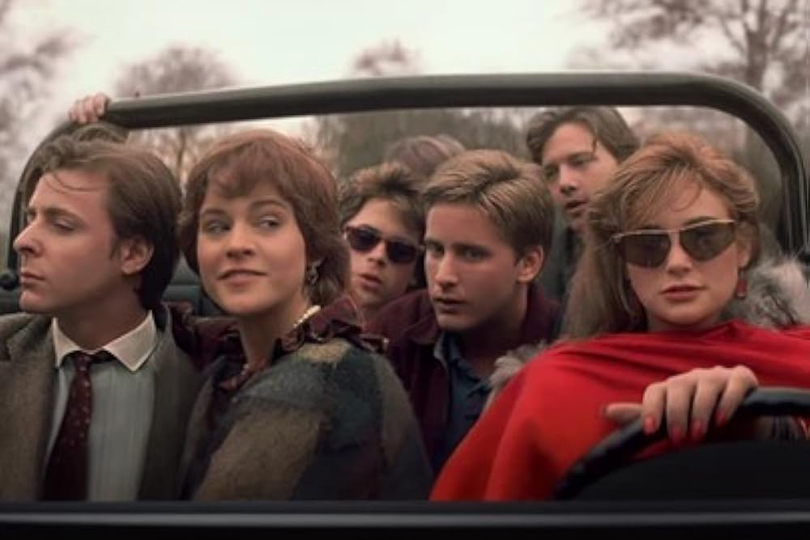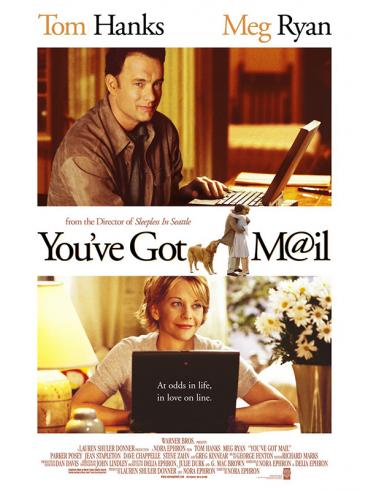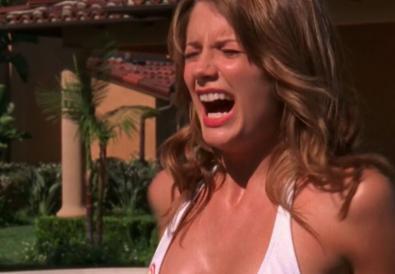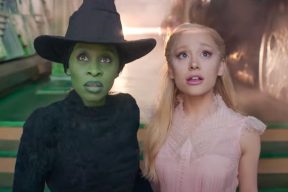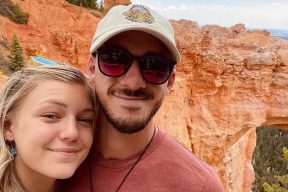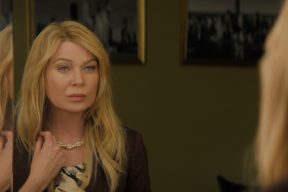By Michele Yeo
If you’re of a certain age (looking at you, Gen X, which also means I’m also looking in a mirror) the term “The Brat Pack” likely elicits a certain nostalgic response. For a period in the 1980s, a group of young actors dominated pop culture. Stars like Emilio Estevez, Rob Lowe, Andrew McCarthy, Molly Ringwald, Anthony Michael Hall, and others were so ubiquitous on screens and in the pages of magazines they were given their own generational moniker. The term The Brat Pack is, of course, a riff on The Rat Pack, the term given to legendary crooners and cool cats Frank Sinatra, Dean Martin, and Sammy Davis Jr. two decades earlier. The updated designation was first assigned to the new kings and queens of our screens in a June 10, 1985 article in New York Magazine and to say the term stuck is a massive understatement. Escaping the label became an exercise in futility for its members. Now, a new documentary by one of them, Andrew McCarthy looks back at the phenomenon and the impact it had on them.
Featuring new interviews with ‘80s icons including Rob Lowe, Emilio Estevez, Demi Moore, Jon Cryer, Lea Thompson as well as the reporter responsible for coining the phrase, Brats takes us back in time to when we were all members of the breakfast club, we were feeling pretty in pink, and looking forward to blowing out those sixteen candles. And as for The Brat Pack? Well, sweets, you couldn’t ignore them if you tried.
Here are eight things we learned in The Brat Pack documentary, Brats.
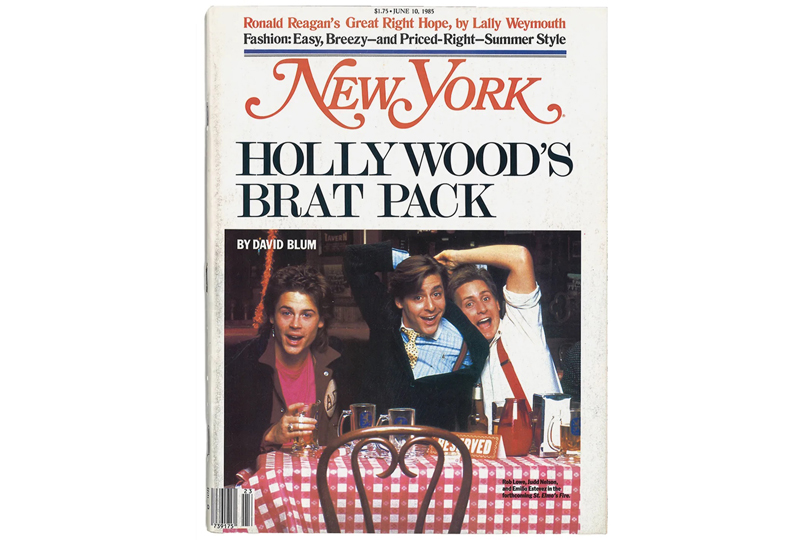
The Brat Pack article was originally supposed to be an Emilio Estevez feature
The 1985 piece that coined what would become an omnipresent nickname was actually just supposed to focus exclusively on Emilio Estevez. At the time he was coming off the success of films like Repo Man and The Breakfast Club and was just over a week away from the release of another seminal ‘80s film, St. Elmo’s Fire, so it made sense to profile him. It was only when Emilio invited writer David Blum out for a night on the town with him, Judd Nelson, and Rob Lowe did it turn into a broader piece on this new generation of stars and thus, The Brat Pack was born. And it caught on like wildfire. “Within days news outlets around the country were using the term Brat Pack,” says Andrew McCarthy in the doc. “It caught the zeitgeist instantly.”
The Brat Pack didn’t like being called The Brat Pack. Like, they really didn’t like it
“I just remember seeing that cover and thinking ‘oh, fuck’” says Andrew McCarthy. “I just thought it was terrible. Instantly.” In a vintage interview featured in the doc, Molly Ringwald says, “I’m really sorry that article had to come out.” Emilio Estevez, the original subject of the New York Magazine article, was equally unimpressed with the nickname. In a new interview with McCarthy he says, “there was more damage done by it than good.” The actors believe it created a negative connotation around them and hindered being taken seriously by the industry, implying they were more interested in partying and being famous than honing their craft. “Martin Scorsese or Steven Spielberg is not gonna call up somebody who is in the Brat Pack,” Andrew McCarthy laments. Ally Sheedy, who starred in classics like The Breakfast Club and St. Elmo’s Fire agrees. “I started to feel a weird vibe in the room when I went to meet someone or audition for something,” she says, adding she felt “there was a schadenfreude,” when their careers started to dip.
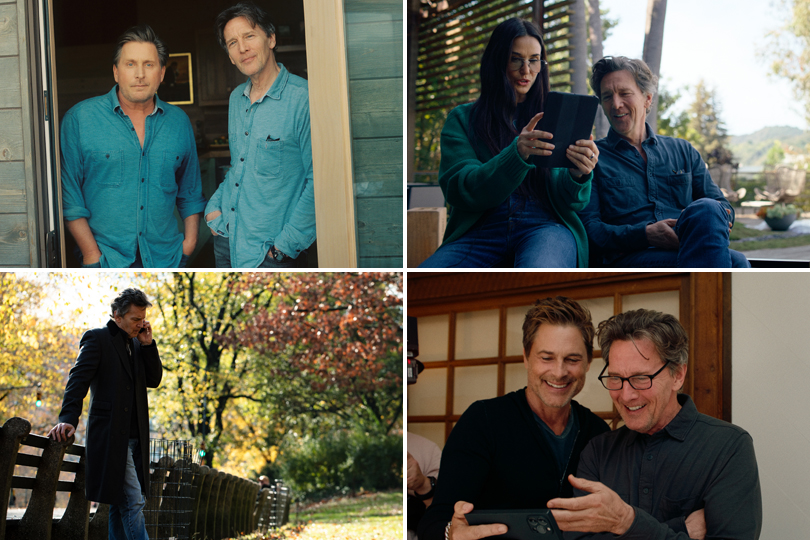
Members of The Brat Pack avoided working together because of the association
While certain members of The Brat Pack have certainly shared the screen more than once, after the moniker became so pervasive, at least two members specifically avoided working together again. In the doc, Andrew McCarthy and Emilio Estevez talk about a script they were both attached to what Emilio calls, “one of the best scripts I had read in a long time,” but says they ultimately decided to walk away. “Working together felt like we were kryptonite to each other,” he adds.
There’s debate about who is actually in The Brat Pack
It may surprise you to know that Andrew McCarthy, the director of Brats, wasn’t listed as a Brat Pack member in the original New York Magazine article and he was barely even mentioned in it other than a quick interview bite in which he said he didn’t think Sean Penn had career longevity. While The Brat Pack eventually morphed into a catch all term to reference various actors who were popular in the ‘80s (including Molly Ringwald, Ally Sheedy, Demi Moore, Anthony Michael Hall et al) the article specifically name checks the following actors as members: Emilio Estevez, Judd Nelson, Rob Lowe, Tom Cruise, Timothy Dalton, Nicolas Cage, Sean Penn, and Matt Dillon with Matthew Broderick, Matthew Modine, and Kevin Bacon on the fringes. Jon Cryer, whose portrayal of Duckie in Pretty in Pink is undoubtedly a classic, doesn’t consider himself a member while Lea Thompson, who starred in the blockbuster Back To The Future series of movies considers herself “Brat Pack adjacent.”
The Brat Pack didn’t hang out as much as we may have thought
The ’80s might have had you believe the Brat Pack members were constantly hanging out together at the hottest clubs in Hollywood but the truth is, other than time spent together on set, the actors didn’t actually socialize very much. In fact, before meeting up for their interview for Brats, Andrew McCarthy and Emilio Estevez hadn’t seen each other since the premiere of St. Elmo’s Fire in 1985. About Rob Lowe, Andrew McCarthy says, “when we were young, Rob and I were not close. I think we were fairly competitive. I was like this New York serious actor, or wanting to be, and Rob was the gorgeous LA young movie star.”
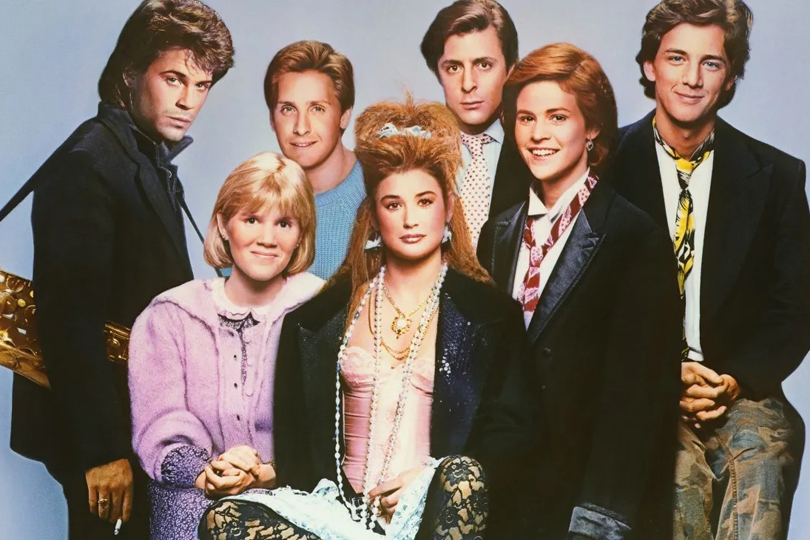
Demi Moore had a sober companion on the set of St. Elmo’s Fire
Hard to see her as this now but Demi Moore was a relative unknown when she was cast in St. Elmo’s Fire. She was also in the throes of a drug and alcohol problem so director Joel Schumacher hired a sober companion to be with her on set all the time. In Brats, Demi credits Schumacher for having faith in her.
The writer who coined The Brat Pack moniker stands by it
While Brat Pack members like Molly Ringwald, Anthony Michael Hall and Judd Nelson opted not to take part in Brats, one person who did opt in is David Blum, creator of The Brat Pack nickname and author of the article in which the phrase first appeared. And while he understands how some of the actors may not have loved the moniker, he stands by it. He tells Andrew McCarthy he didn’t think it was “scathing” and that he wouldn’t do anything differently if given the chance. “I was proud of my creation of the phrase,” he says.
Ultimately The Brat Pack has made peace with their legacy
While Andrew McCarthy is clearly still bothered enough by the The Brat Pack designation to make a whole documentary about it, he does seem to come to peace with it by the end. Demi Moore is equally zen, maintaining the actors gave too much power to the term and questioning, “why did we take it as an offence? Why did we take it as something bad?” Rob Lowe admits he initially saw the nickname as a “mean spirited attempt to minimize our talents,” he now sees things differently through the rear view mirror, “to be part of anything that people still talk about after 30 plus years is really, really a special thing.”
Andrew McCarthy’s documentary Brats streams on Disney+ as of June 28th.

